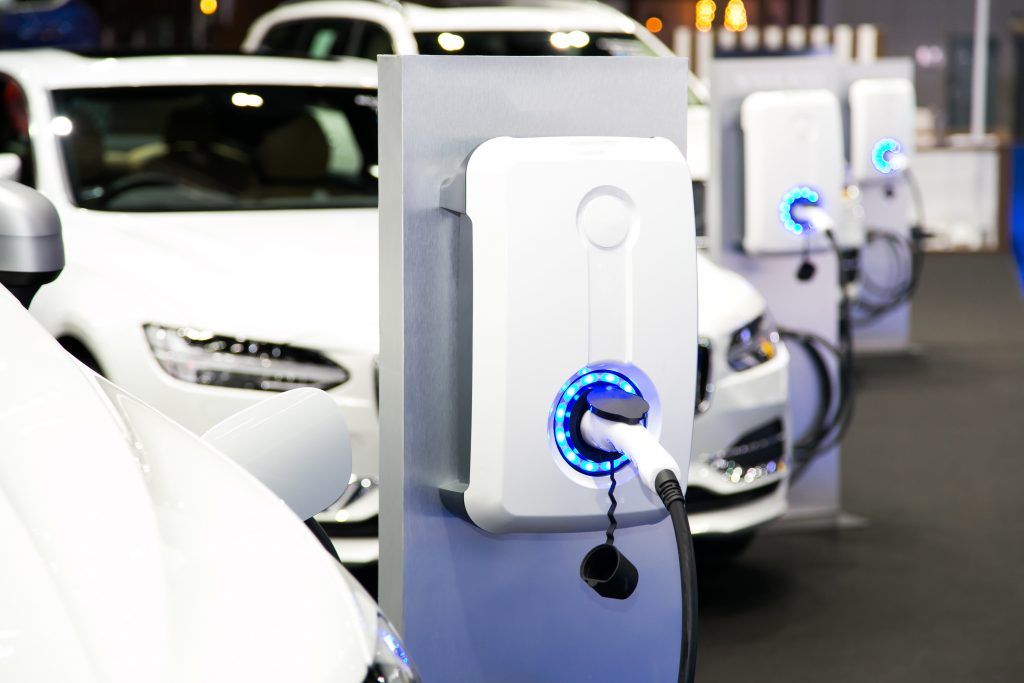Tyre service operator ATS Euromaster has provided specific advice for business fleets on EV tyre wear following the rapid growth of the sector.
The company said it was now “essential” for fleet managers and vehicle owners to know what tyres should be fitted when they go through maintenance and to ensure against damage.
ATS Euromaster advises fleet managers to plan for maintenance cycles for tyre wear on EVs in order to minimise vehicle time off the roads. Tyres built specifically for battery-powered vehicles will vary by manufacturer, the company said, but some will have a special structure to support the additional weight of the battery.
Although there is no expected greater wear rate for EV tyres, despite the battery weight and the instant acceleration, this is only when the correct tyre pressure and settings are used.
The specific advice to drivers was:
- Specific tyres for EVs are only just arriving onto the market, meaning there will be fewer choices available compared with other tyres and patterns.
- An EV tyre is like a homologation on a vehicle: the original tyres should be replaced by the same ones where possible, but if not, the correct size and load ratings must be met.
- Changing a tyre on an EV model is the same as on an ICE vehicle. However, the location of the battery in some vehicles means special jacking rubber pads are needed on the jacks to avoid damaging the battery. The driver should also refer to the owner’s manual for any specific actions required.
- Tyres should always be changed in vehicle sets – but if this isn’t possible, then change in pairs. New tyres should always be fitted to the rear for improved stability in poor conditions, with the older tyres moved to the front if they’re in good condition and still legal.
Mark Holland, Operations Director at ATS Euromaster, said: “Tyres for electric vehicles will generally have better-rolling resistance, maximising the distance the car can travel. Because there’s not as much noise created by these vehicles – since there’s no internal combustion engine – these tyres will have better dB reduction, so less road noise can be heard inside the cabin as a result.
“More EVs in the future will begin having specific EV tyres fitted to these vehicles as original equipment, and although it’s always recommended to change tyres like for like where possible, as this will offer the best vehicle performance, this isn’t mandatory.
“What is important when it comes to replacement is that the correct tyre size and load ratings for the vehicle are used, no matter which product is selected.
“Fitting the correct tyres for electric vehicles will not only make it a better in-car experience for fleet drivers, but also provide the best performance from the vehicle.
“Check the owner’s manual for any information on how to change a tyre, in case there are any specific instructions, plus details on the vehicle’s tyre size and load ratings. Not following such advice may lead to unplanned vehicle downtime that may affect the business.”
image from Shutterstock








